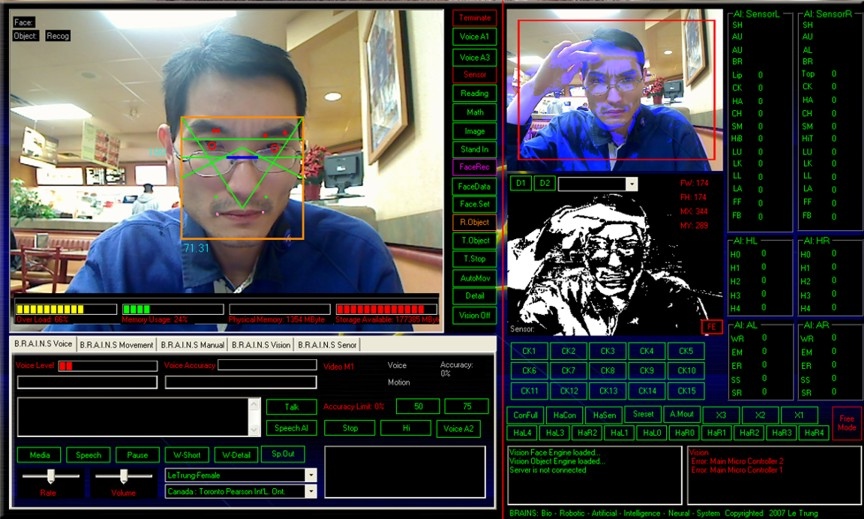-ITW- said...-ITW-'s comment got me thinking about that topic. What is perfection? We, as humans, continuously strive for perfection. However, no matter whom you ask, everyone will have a different outlook on what perfection is. Some can't even say for sure what makes something perfect. Is it, perhaps, something infallible? If so, how can it be corrupted or questioned? Perhaps that is why some chose to create and believe in God; to assure themselves that something out there does, indeed, maintain the image and concept of perfection.
"If something is perfect, then there is nothing left for us to do. There is no room for imagination, no way to gain additional knowledge or grow." - Le Trung
There is something left to do... CORRUPT IT!! well that's what usually happens anyway. ----------------------------------------------------------------------------------------
Humanity is a naïve race. But, amidst the naïvety, perhaps we, as a race, are perfect after all. The level of technology that we have achieved in no way adds to our level of "perfection." Are we, then, striving for something that we can’t truly achieve?
Look around; observe every movement; examine every muscle in the body; explore the functions of any organism on a molecular level; see the bigger picture. We live on a rock floating in space. If the Earth suffered the slightest shift in its position, we would cease to exist. If our process of reproduction was altered, would humanity still exist now? Now question your view of perfection. The mundane details we view as "off" don’t matter when you consider the minuscule details that control the very existence of our race.
We will never agree on everything, but that is what only contributes to reinforcing the perfection of our population. Our ability to think for ourselves and defend our beliefs (or subdue to others') defines us as humans. The concept of duality is what keeps humans from becoming drones: smiling, happy, monotonous. How would we know what happiness or satisfaction is if we forgot what sadness and displeasure is? What would we consider good if we had no evil to contrast it to? Would we, then, know the grand feeling of fulfillment, or would we continuously crave more?
Going back to –ITW-‘s comment, nothing may ever be infallible except for that which we imagine. Something will always be corrupted or improved in some way with time. We insist that nothing is perfect, yet we, on occasion, find ourselves thinking “that is perfect” or “she/he is perfect,” only to contradict ourselves by saying that nothing is perfect. We accept the small details that make someone or something imperfect because they only contribute the characterization of it – making it three-dimensional, so to speak. Can we then come to the conclusion that perfection is in the eye of the beholder? Or that our imperfection may essentially be viewed as perfection?
Our striving to build on what we have – our perseverance – is what makes our existence worthwhile. That is what makes us, as humans, perfect.


